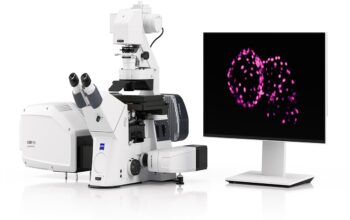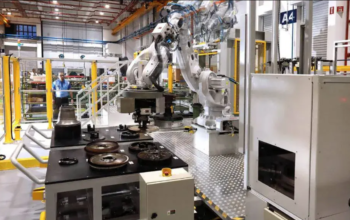Optical Measuring Technique Enables Lateral Probing of Components
Up to now, geometries such as boreholes of injection valves in the automotive industry were difficult to measure optically. The lateral probing of components with vertical surfaces was limited to tactile measuring systems, CT solutions, or complex customized solutions. This changes with Vertical Focus Probing, an extension of Focus-Variation technology. Based on areal measurements, the optical probing of components over the entire surface is possible.
Different optical measuring methods allow the measurement of components with different flanks. The spectrum of measurable flanks or slopes has so far covered 0° – 85°, whereby in industrial practice, Focus-Variation has established itself as the most suitable method for steep flanks. However, this technology has also reached its limits for components that show flanks steeper than 85°. Nonetheless, Bruker Alicona has been constantly developing Focus-Variation for 15 years and has complemented its optical measurement principle with a new technique, Vertical Focus Probing. Even surfaces with slopes of more than 90° can now be optically touched and measured in 3D.

Surface measurement of slopes steeper than 90°
Vertical Focus Probing is based on the use of partial light. This means that in addition to coaxial light, light from different directions is used. As a result, individual light rays diffusely reflected from vertical surfaces are captured again by the objective, enabling the traceable and repeatable measurement of flanks with more than 90° in a high-resolution.
How high the proportion of reflected light rays is, depends on the geometry and the roughness of the surface to be measured as well as on the light source used. The objective also plays a role, as, depending on its diameter, an objective can also capture reflected light from surfaces that show flanks steeper than 90°. This is where the numerical aperture (AN) comes into play, which is defined by the objective diameter and the working distance. It influences how much the measurable slope of a surface can still exceed the 90° mark.

To know more, please check Bruker Alicona.








